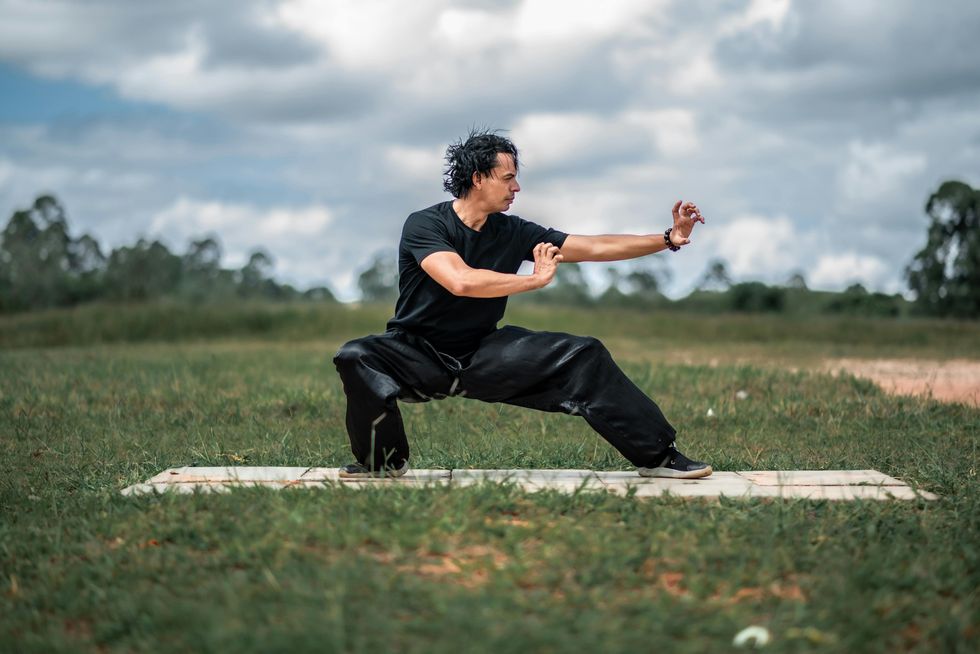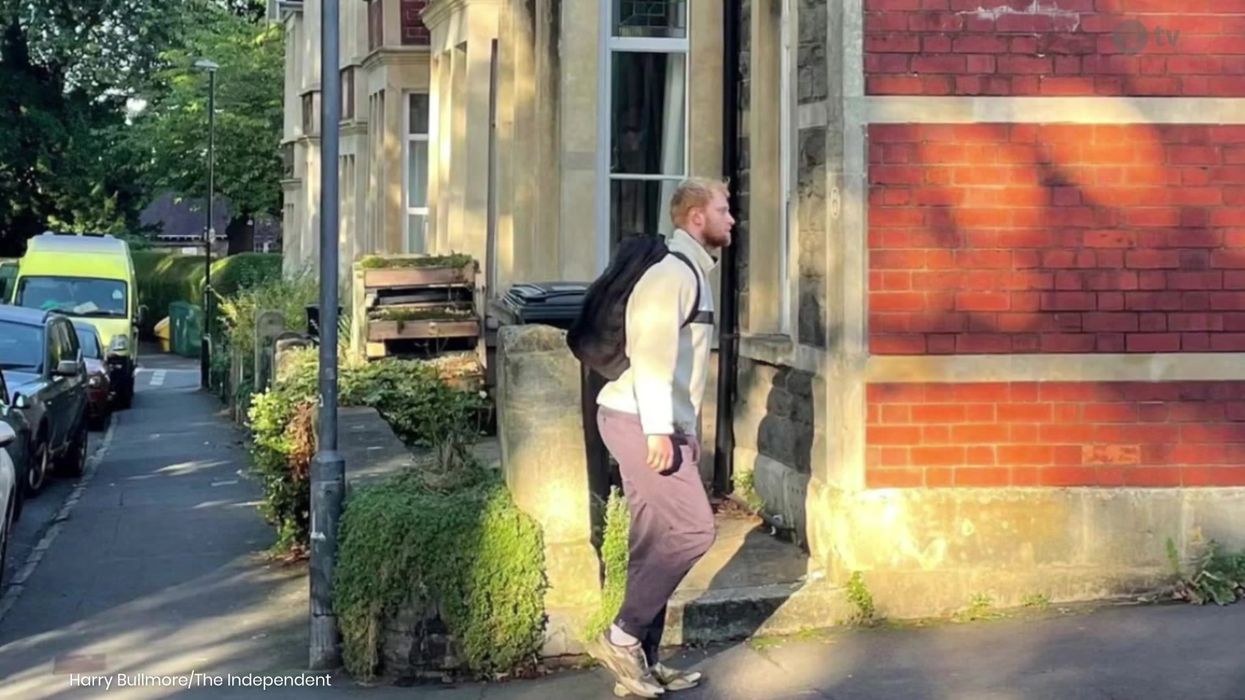Whether it's ice bathing, reformer pilates, or Japanese walking, 2025 has been the year of ditching the boring gym routines that we knew in favour of a more wellness-based approach to exercise, that delivers lasting impact.
And now there's a new buzzword to add to your arsenal, because adding Tai Chi walking into your lifestyle could help you live longer.
The centuries-old movement is already common practice for the older generation, as it helps tackle problems that naturally occur with age.
Unlike Japanese walking, which is about speed and distance, Tai Chi walking sees you barely move at all.
@botaichi.official Tai Chi Walking - Part 1: Front Right View-Mastering Weight Transfer #TaiChi #LearnOnTikTok #taichiforbeginners #wellness #mindfulness
What are the benefits of Tai Chi walking?
Also known as 'cat walking', Tai Chi walking is all about slow, intentional movements that aid balance and posture, building strength in the leg muscles.
Taking that into account, it's easy to understand why it's recommended for older people, as it aims to increase mobility, and prevent falls.
A study, published in the Journal of Biomechanics, saw 10 healthy adults perform five trials of Tai Chi gait, following three to seven trials of regular walking.
Upon examination, it found that Tai Chi gait requires significantly more muscle strength and challenges body balance, proving that these are essential elements we should all be building on to continue living well as we age.
This is backed up by evidence from a 2013 study which saw 61,400 men followed for 5.5 years, and those who practiced Tai Chi regularly, had a 20 per cent lower risk of death - pretty much the equivalent percentage of those who do more intense exercises. Hello, longevity.

Meanwhile, the American Journal of Medicine notes that Tai Chi walking improves both blood pressure, and quality of life in patients with chronic heart failure.
The Tai Chi Foundation also credits it for improving cognitive ability in older adults, as you really have to think about what you're doing with each movement.
BMJ Evidence-Based Medicine journal published recently that those who do yoga could be getting an extra two hours sleep each night, and they believe Tai Chi may have a similar impact.
Not to mention, Tai Chi is all about mindfulness, and helps you focus on breath work, so boasts mental benefits too in the form of stress reduction.
The benefits are quite literally endless - so there's little wonder more of us are choosing mindful, low-impact exercises over two hours of cardio.
How do you Tai Chi walk?
Much like practices such as yoga, Tai Chi walking is all about being slow and intentional with your positions and movement.
The basics involve standing up straight and looking forward, before softly sinking into your knees, and shifting your weight between your left side and your right side; each time, picking your foot up off the floor, and slowly lowering your heel down in front of you.
Think of it like a slow motion step.
You'll want to plant your heel first, before gentling placing the rest of your foot down, and leaning your weight onto it. Meanwhile, your other foot should begin to reach off the floor and tuck behind the leg you've just stepped forward with, helping build lower-back strength.
Here's a tutorial that might help - and you can see how it got the name of 'cat' walking.
- YouTube www.youtube.com
There's no requirement on how far you should be 'walking' - just breathe deeply as you go and lean into what feels good.
Exercise is no longer about who can do the most reps, but manageable lifestyle integrations that will quite literally help in the long-run.
Why not read...
Is eating placenta good for you? Doctor weighs in following Calvin Harris controversy
Dieters are now ditching Ozempic in favour of ChatGPT
How to join the indy100's free WhatsApp channel














